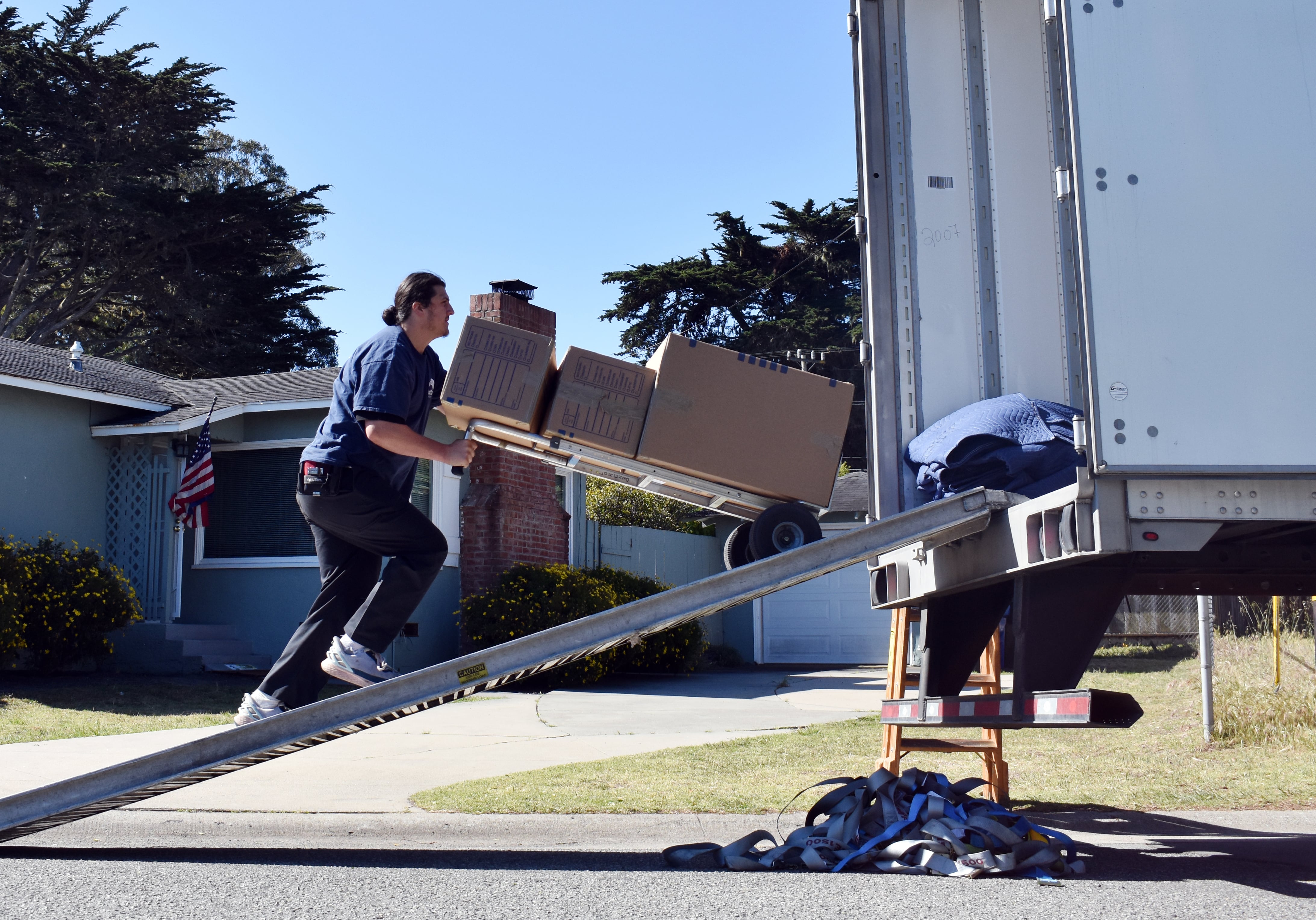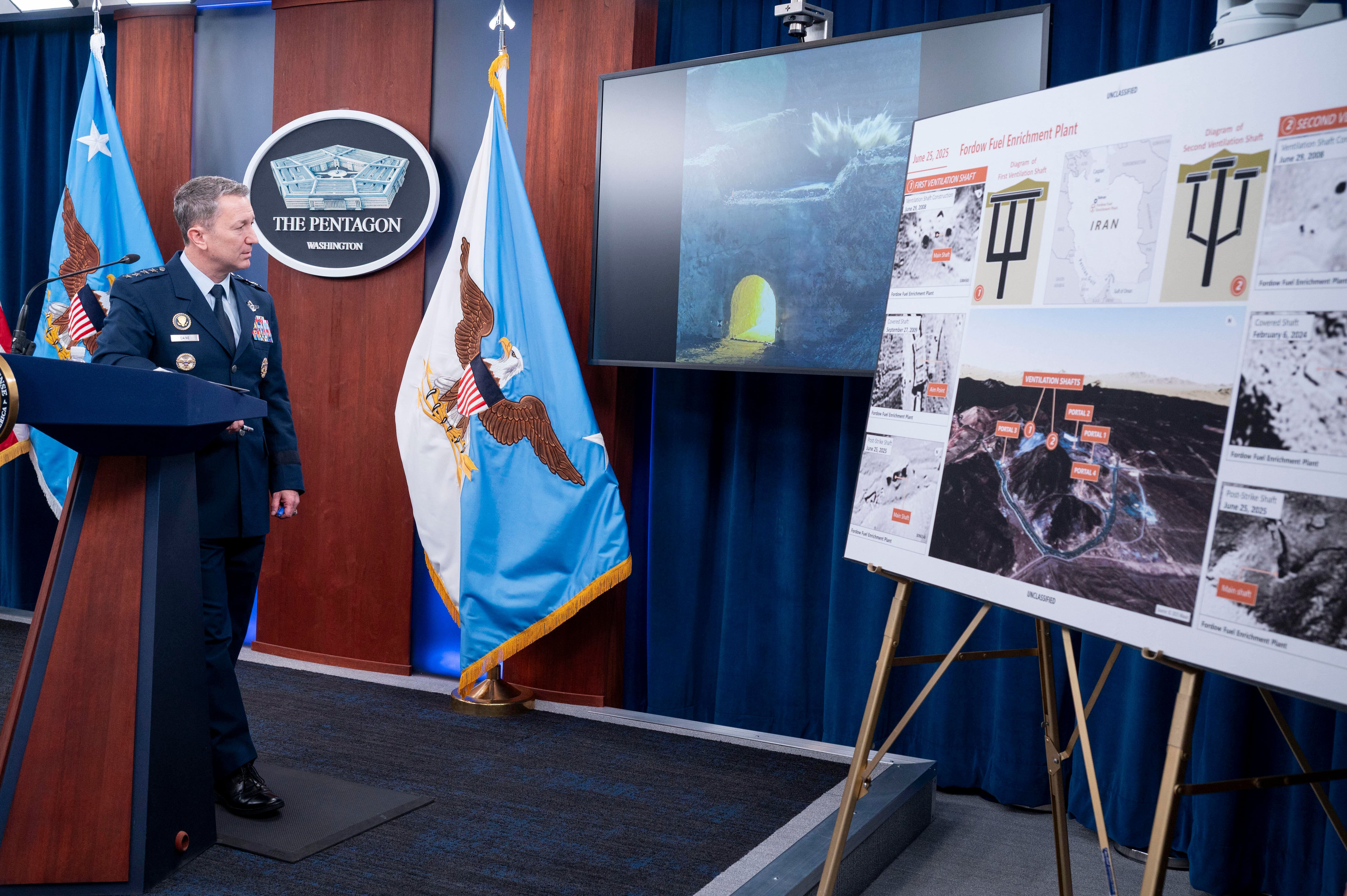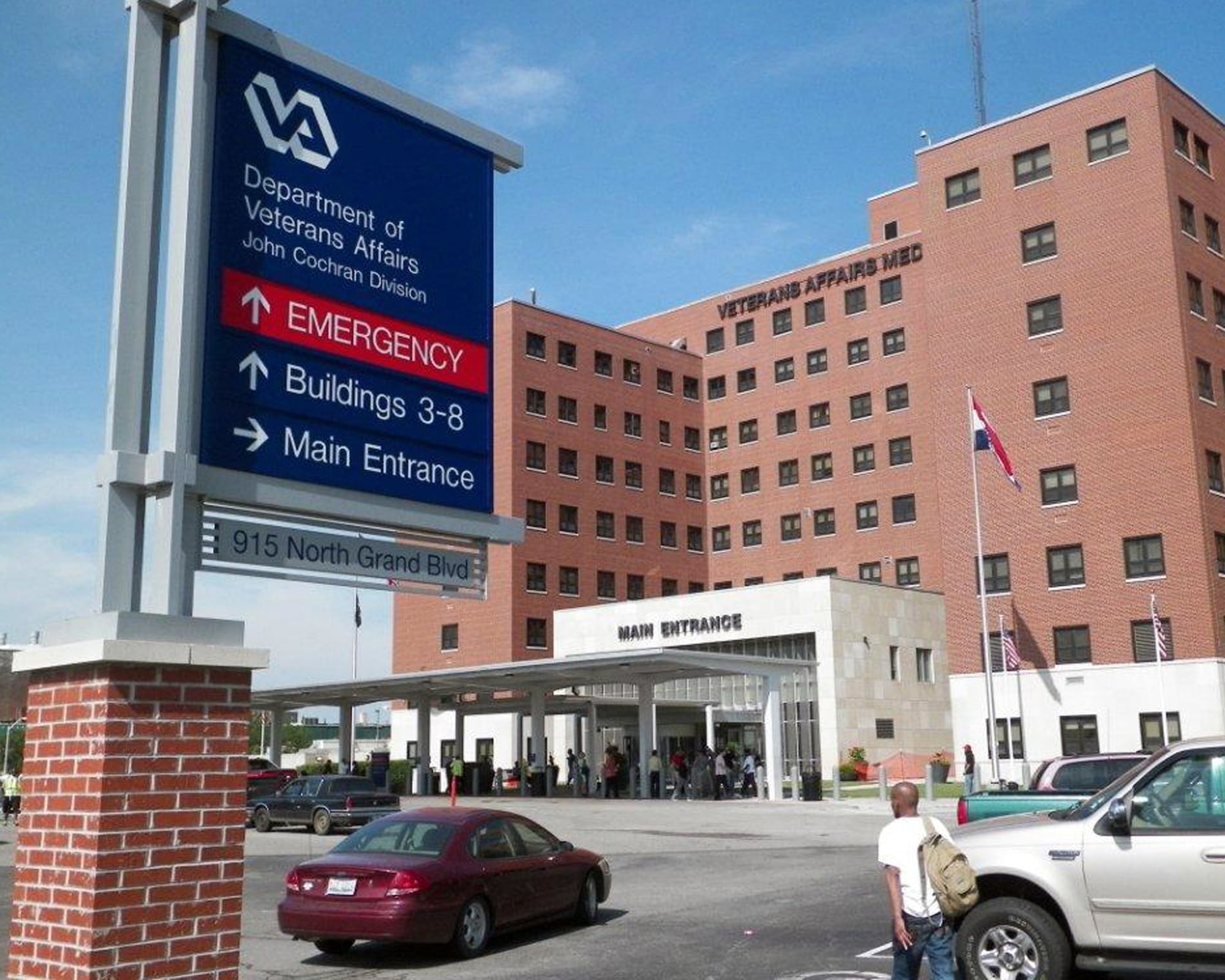The Navy is embarking on another training overhaul that aims to get better trained sailors to the fleet faster and to provide them with more training opportunities through their careers.
The brass pledges to cut upfront training time for sailors fresh from boot camp, in part with more virtual reality trainers that will help them learn their new trade faster. This would enable efficiency is what’s allowing Navy leaders to trim the number of sailors in training billets at any time as part of a mandate to cut 6,300 sailor positions downsize over the next year.
Striving to be more efficient in training sailors is a worthy goal, The effort is a worthy one, but we've seen a similar initiative run aground when officials must move carefully not to repeat the mistakes of the past when CD-ROMs replaced instructors and schoolhouse funding was immediately cut immediately — before the new training's effectiveness was evaluated. Speeding up sailor's learning time acceleration of this training should not come at the expense of genuine learning. The last thing the service should do is send less prepared seamen and junior petty officers to fleet crews that are strained by rising missions and manpower gaps. Sailors reporting to the fleet must be ready to work.
An earlier "revolution in training" provided some insights that Navy leaders must heed as they continue to shift shifted much more instruction to computers. A with severe side effects according to a 2009 Naval Inspector General report into the earlier effort revealed severe side effects. Commands said new sailors were reporting without basic knowledge of their rate and were taking twice as long to qualify for watches. Sailors weren't absorbing computer-based training and instead gamed multiple-choice tests until they got the right answers. Some leaders worried that a generation of ill-trained sailors could erode operational readiness.
Simulators are an increasingly valuable and sophisticated part of sailor training and it is used to teach even the most advanced skills, The service has long used simulators to teach advanced skills, from flying jets to conning submarines. And Training centers must remain at the forefront of virtual reality training, with the likelihood that leaps in simulation technology leaps will allow the service to make nearly any sailor task realistic to learn in a harm-free virtual scenario. Undoubtedly, that training is going to yield a better sailor. And personnel bosses also must ensure that sailors' sea-shore rotationstracks are altered to add in the promised follow-on training, so that corners aren't cut in providing the lost initial training when these sailors need it later.
But There’s also no substitute for a fleet or FMF-seasoned petty officer standing before a class. Those instructors have who’s been in their trainees' shoes. They’re a fount of knowledge and a role model who can help answer the questions and relate to the trainees in a way simulators never will. the simulator can’t.
Speeding up sailor's learning time acceleration of this training should not come at the expense of genuine learning. The last thing the service should do is send less prepared seamen and junior petty officers to fleet crews that are strained by rising missions and manpower gaps. Sailors reporting to the fleet must be ready to work.
Personnel bosses also must ensure that sailor's sea-shore tracks are altered to add in the promised follow-on training, so that corners aren't cut in providing the lost initial training when these sailors need it later.
The Navy has been down this road before.An earlier "revolution in training" shifted much more instruction to computers with severe side effects according to a 2009 Naval Inspector General report. Commands said new sailors were reporting without basic knowledge of their rate and were taking twice as long to qualify for watches. Sailors weren't absorbing computer-based training and instead gamed multiple choice tests until they got the right answer. Some leaders worried that a generation of undertrained sailors could erode operational readiness.
As the Navy moves forward with its next training leap, it must ensure that the streamlining still produces a competent and enthusiastic new crewmember.





